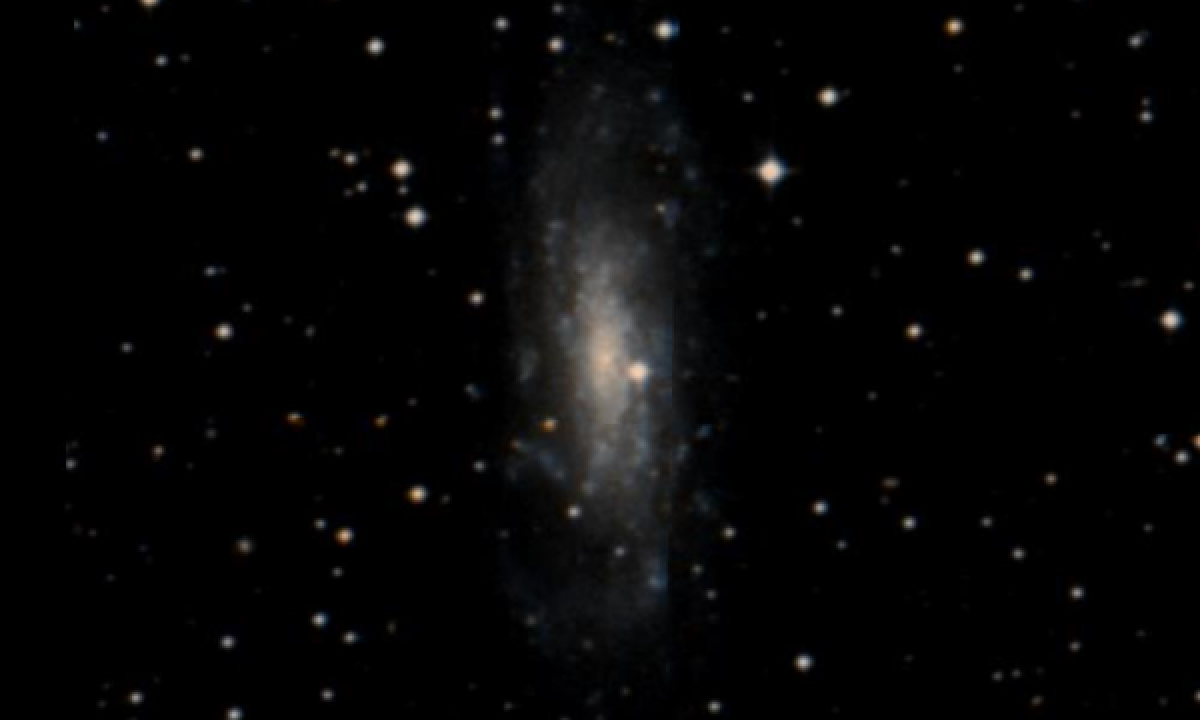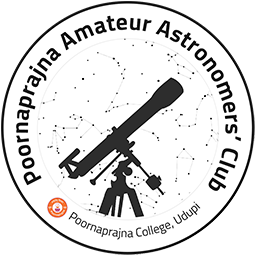The New General Catalogue of Nebulae and Clusters of Stars (abbreviated as NGC) is a catalogue of deep-sky objects compiled by John Louis Emil Dreyer in 1888. The NGC contains 7,840 objects, known as the NGC objects. It is one of the largest comprehensive catalogues, as it includes all types of deep space objects, including galaxies, star clusters, emission nebulae and absorption nebulae.
Know more about NGC
NGC 3137

NGC 3137 is a spiral galaxy in the constellation Antlia. The galaxy lies about 50 million light years away from Earth, which means, given its apparent dimensions, that NGC 3137 is approximately 140,000 light years across. It was discovered by John Herschel on February 5, 1837. NGC 3137 has a pretty bright nucleus. The spiral pattern is similar with NGC 3621 and the Pinwheel Galaxy and features many knots. The morphological classification of this galaxy is SA(s)d, which indicates the galaxy doesn't have a bar (SA), lacks an inner ring structure (s), and has loosely wound spiral arms (d). A star is superposed 0.3 arcminutes from the centre. The galaxy is seen at an inclination of about 70°. The star formation rate of the galaxy is estimated to be 0.5 M☉ per year based on the CO(2-1) radio emission detected by the Atacama Large Millimeter Array. The total hydrogen mass of the galaxy is estimated to be 109.68 M☉. The stellar mass of the galaxy is comparable, at 109.88 M☉. In the centre of the galaxy lies a supermassive black hole, whose mass is estimated to be 107.78 ± 0.20 (38 - 95 millions) M☉, based on the pitch angle of the spiral arms. NGC 3137 is a member of the NGC 3175 Group. It is one of the two large spirals of the group, the other being NGC 3175. Other members of the group include NGC 3113, and NGC 3125.
More Images:

Sources:
Wikipedia Page: NGC 3137
NGC 3137 at In-The-Sky website
